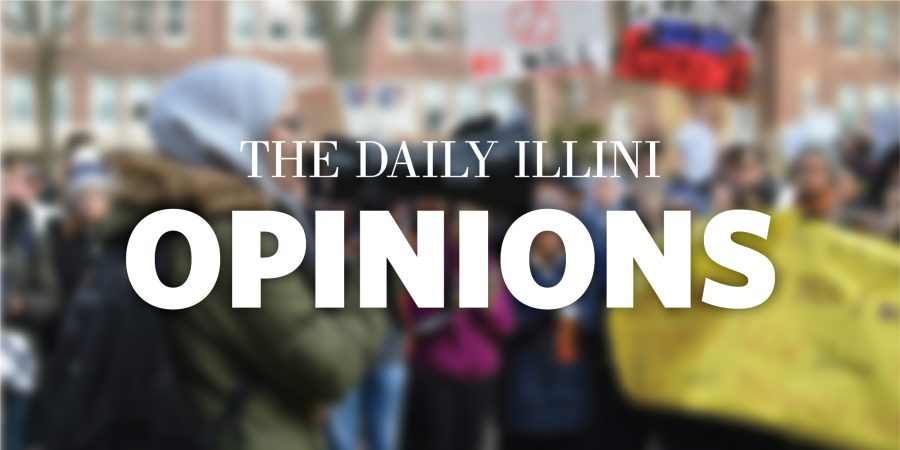Opinion | ‘It’s a Wonderful Life’ shows psychological underpinnings of gratitude
Dec 25, 2019
Last updated on Dec. 27, 2019 at 03:31 p.m.
Being a human is hard. We work or study for long hours to often end up dissatisfied with ourselves or our circumstances. Dealing with demoralization constantly throughout a year makes the holidays an especially good time for embracing what makes being human truly special — our ability to connect with one another.
Frank Capra’s holiday classic, “It’s a Wonderful Life,” embodies both these aspects of being human. George shows solidarity with the average person through his inability to feel adequate enough for his work, his family or himself. George drunkenly ponders suicide on a bridge, but is then brought into an alternate timeline by his guardian angel, Clarence, where he is never born.
As Clarence and George venture around the dystopian, alternate timeline town, George learns of all the misfortunes that occur as a result of him never being born. This ultimately leads to George gaining a new perspective on his life and displaying unrelenting gratitude toward what he has been given, yelling “Merry Christmas” to all as he sprints through the town back to his house after Clarence returns him back to his timeline.
The film is packed with lessons on community and self-reflection, but the unintended psychology revealed, that is just now realizing empirical evidence in the modern day, is that of the advantages of gratitude.
Get The Daily Illini in your inbox!
Gratitude is probably one of the earliest values instilled into us from our parents or elders. That we should always be thankful for the things we do have as opposed to what we don’t. In the film, George ultimately learns to love what he has been given in his life circumstances and is rewarded for it at the end.
The hokeyness of that lesson is undeniable, but it also has a biological advantage that can potentially help all of us live more satisfactory lives.
Gratitude comes from an evolutionary behavior where early humans would aid each other in finding food, shelter or other resources for survival. When someone would help another, the receiving person would feel a sense of gratitude and then feel the desire to repay the favor later on. These were how early bonds between people were formed, ultimately aiding early humans in creating stable tribes and greatening people’s chances of survival.
The cognitive coding of gratitude remains inside of us to this day and is directly represented at the end of “It’s a Wonderful Life” when the town aids George by donating enough money to cover the missing $8,000 that he owes. George has always been there for the people of the town, and now the time comes for when the people of the town needed to rally together for George.
This can be related to the “positive feedback loop” as found in psychological studies regarding how humans create social bonds. Acting good toward one another, and being grateful for such actions, creates a cyclical nature in which people will increasingly become more comfortable and happy with the people they are around and even, most importantly, themselves.
Capra wasn’t thinking of the science of gratitude when making the film, as the research behind it has come predominantly from the last two decades, but the final moments in the film timelessly holds up to validate some of our biological predispositions.
Gratitude has even been found to offset feelings of envy, narcissism, social comparison, cynicism and materialism — all of which are feelings exacerbated by our workism culture, social media and the societal structures of the modern world.
Of course, utilizing gratitude does not require constant complacency. There are very real social structures that aim to push people down and keep other people high. Nor is gratitude going to effectively serve every person equally as a cognitive behavioral therapy, as different levels of ability to produce gratitude is literally coded differently in each person’s DNA.
Rather, the takeaway should be that our perception quite literally controls our reality. Gratitude is a tool we can use to help our brains psychologically emphasize the good in our lives, thus leading to higher likelihood we experience more of it.
Gratitude should not be seen as an opiate of the masses either but rather a means for which we can create a more positive environment for ourselves while continuing to push for our own goals or changes in life.
This holiday season, reevaluating our circumstances might lead us to more self-affirming realizations about ourselves. Maybe we, like George, can all feel just a bit like the “richest man in town.”
Austin is a senior in LAS.






